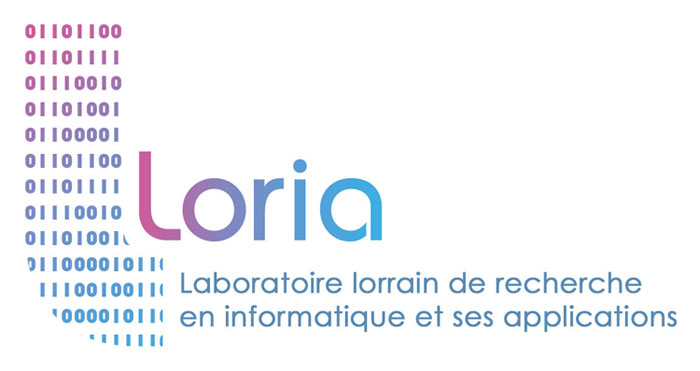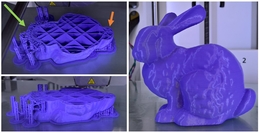

In 2016, a large-scale denial-of-service cyberattack used the Mirai malware on over 145,000 connected objects like surveillance cameras or domestic routers to bring down the servers of major companies. Today, all connected objects can potentially be used to launch cyberattacks

Jannik Dreier, senior lecturer at the Université de Lorraine (Télécom Nancy) has collaborated with researchers from the ETH Zurich (Swiss Federal Institute of Technology) and the University of Dundee (Scotland) to carry out a very precise security analysis of the future mobile communication system, 5G.
Their conclusion: data protection has been improved in comparison with the previous 3G and 4G standards but flaws remain.

The CYBER-DETECT start-up company which derived from research carried out at the Loria has announced the official release of its software suite Gorille. This software is intended for people working in cybersecurity and determines whether a file is malicious or not through a morphological analysis of the virus. This is a first in computer security.

I ever since had a strong connection with France and in particular the Lorraine since I grew up in the State of Saarland, with its manifold connections and intertwinement within the Greater Region. I have always felt strongly connected to my home area, driven by the desire to contribute my share to make this area grow and prosper. This in particular includes, amongst others, longstanding joint research activities with Loria, such as in our joint collaborative research center on understanding and controlling online privacy.

MFX (Matter from Graphics), is the name of the brand new team at Loria. Its field of research? 3D modelling of parts for additive manufacturing,
